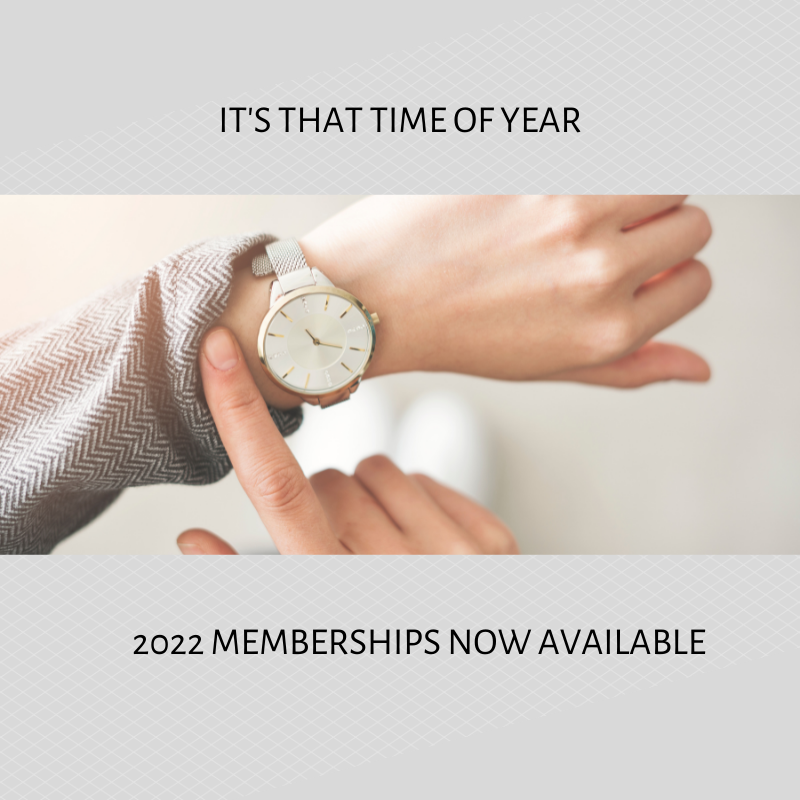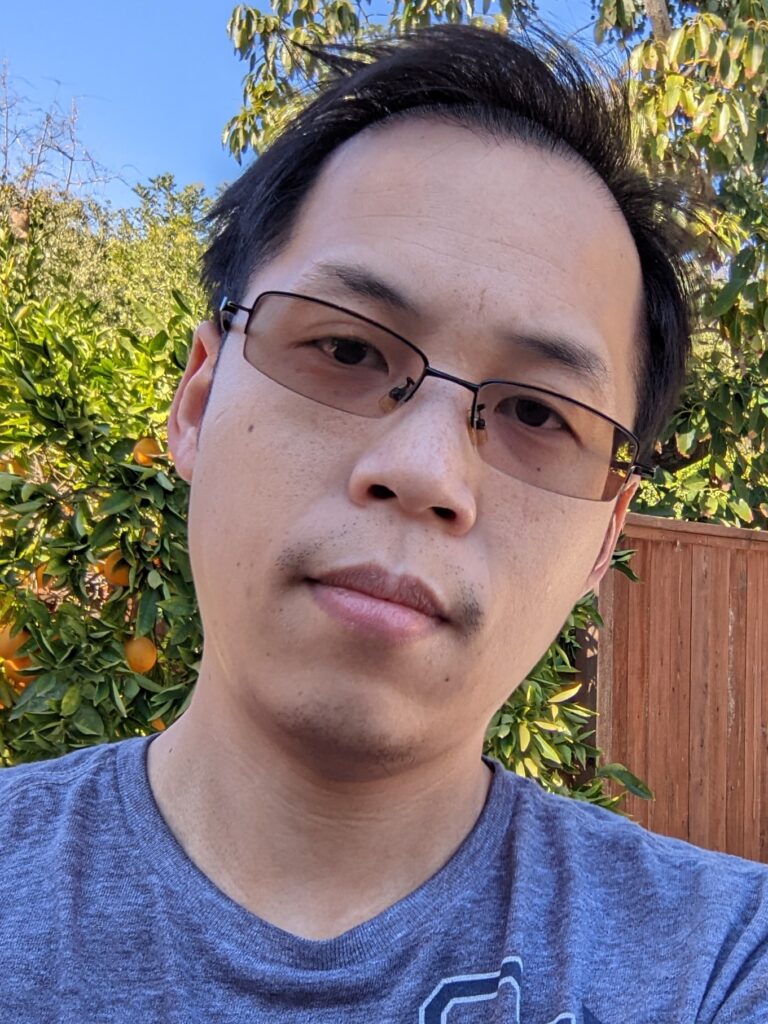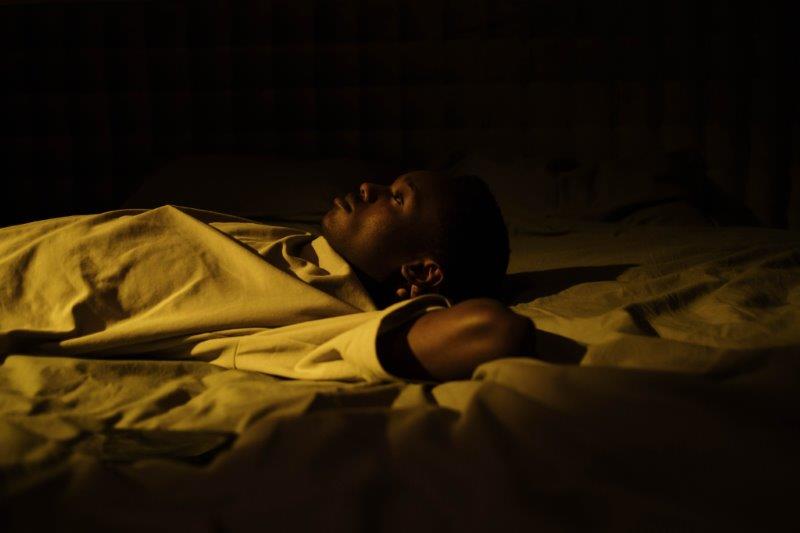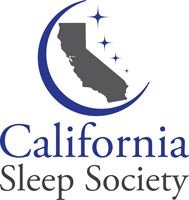Thrive with California Sleep Society membership collaboration or simply Survive
15th Annual Educational Symposium
The 15th Annual Educational Symposium will be held in San Jose, California. Stay tuned for more information!

 Membership Benefits Include:
Membership Benefits Include:
- Education events in sleep medicine
- Contact listings with other sleep professionals
- Local networking opportunities
- Shared insights into sleep legislation and legislative advocacy
- CSS Newsletter and opinion pieces
- Discount on CSS annual meeting
- Ability to place ads or publish articles in Newsletter
- Listing in California membership directory
CSS Board of Directors Transitions
Please join me in thanking outing Board Member Robyn Woidtke MSN, RN for her service to the California Sleep Society. For those of you that have not met, please take the time to do it. She has been in the sleep field since 1985. Robyn was one of the first friends I made when I arrived in California in 1993. I can never forget when I first met her she was singing to a baby she had hooked up for a polysomnogram. Thanks to her husband Jay, I became a Raiders fan. A couple of years later she hooked my infant daughter when I “volunteered” her for a research project. That PSG strip she collected is proudly on display in my office. Robyn is leaving the CSS board due to term limits, but she has some much wisdom that we still want her to play an active role in our organization. She has agreed to help us with the education committee to help plan for the next CSS meeting, which will be held in San Jose in 2022.
Please welcome CSS’ newest Board Member, Eric Young. He started attending CSS meetings in 2010. He started off working in a small sleep lab as a technologist. He has gone on to be a leader in our community advocating on behalf of us for greater sleep education. He described participation in the CSS as an investment in our careers. I look forward to working closely with him in his new role.
There is a role in the CSS for all of our members. The CSS was founded to protect the sleep health of our patients and the improve the quality of care provided by sleep professionals throughout our state. If you like to volunteer to strengthen our Society, please contact us. We need your help.
Eric Young is a Sleep Technologist at the University of Southern California working to advance and empower the relationship between patients and sleep education. He believes that patient compliance is most closely tied to the proper treatment and education. Being able to listen and find a human connection with patients is fundamental to the empathy and spark that drive the purpose of healthcare: to make an improvement in people’s lives.
Eric’s first tech jobs were in small 4-bed clinics, and it really provided opportunities to talk with patients at length, experience the independence of night, and enjoy terrible after-hours true crime cable shows. Technical experience in small labs, however, is often knowledge passed down by word of mouth; techniques and rules can vary as the most senior staff might recall something he probably forgot at the last lecture attended. To build upon foundations stronger than the hearsay of the last technologist on shift, it became necessary to venture to a larger community, and one that conveniently offered continuing education units. Enter the California Sleep Society.
Attending the California Sleep Society educational symposiums has provided Eric with a much larger basis for how sleep is being seen, not only in the lab, but also in exciting new research, and also the culture of new technology and devices. Often, patients ask about how effective their smart watches are, or if there are any new advances that could save them from the horrors of wearing their PAP devices.
And perhaps necessity (or at least the palpable terror of claustrophobia) is the mother of invention, as device manufacturers have stepped up to the plate, delivering new technologies to supplement and occasionally supplant. Not only in the burgeoning field of implantable devices designed with similar vocabulary as PAP, but it’s also been jarring to watch as masks and machines release with the regularity of a model year seen in automobiles.
Sleep is an endless field, and the knowledge shared by our community continues to expand its borders. As home monitoring becomes more prevalent, it drives more patients to ask deeper questions about the nature of their sleep: the differences between deep and light sleep, and why our patients sometimes go bump in the night.
Some say the Earth is only 35% explored. The oceans cover 70% of the planet, and remain a mysterious, undiscovered blue horizon. Perhaps then, the mind is similarly uncharted, with our consciousness only explored during the passions and peaks of our time spent awake. As practitioners and explorers amid the vast seas of the slumbering mind, it is unsurprising our fascination and wonder about the mysteries of sleep.
More About Eric Young

Newsletter Contributions
If you would like to contribute a sleep-based feature article, we would love to hear from you. Email us at [email protected].
Feature:
The Occasional Rough Night
By: Sam A. Kashani, MD
One of my favorite questions I am frequently asked by people is “what do you recommend I do if I’m just having a bad night?” More specifically, I often encounter a solid sleeper who doesn’t necessarily have a chronic sleep difficulty but just wants to know what they can do in the rare situation that they find themselves struggling to fall or stay asleep. Early in my practice, I didn’t realize how difficult this question actually is to answer.

President’s Corner – Guardrails
By: Rafael Pelayo, MD
What did Jerry Garcia and Antonin Scalia likely have most in common? How they slept. About a third of their time they shared the same condition millions of others do. Their deaths were related to obstructive sleep apnea.
Daylight Savings Time
By: Andy Binder, MD on behalf of CSS
CSS wishes to convince the California State legislators to eliminate Daylight Savings Time (DST) and make Standard Time permanent (pST). This is now a permanent agenda item for the monthly meeting of the Board of Directors of the CSS, and I have been charged to lead this effort.
CSS’ position is consistent with the position of the AASM, but we think that achieving this goal in California is more feasible than nationwide. This is a public health issue, it costs no money and it should not be political.
I have been working with a private non-physician, Jay Pea, who has established a nonprofit organization, Save Standard time (savestandardtime.com). Jay is a software engineer whose passion is astronomy, and he has understood that Standard Time most closely aligns with solar time.
When polled, the majority of Americans hate shifting the clock back and forth, but the disagreement has been whether permanent DST or ST is preferable.
Californians voted on this with Prop 7 and thought this issue was settled. For reasons that still mystify me, the legislators have failed to act on the vote. Every state has the right by federal law to do this.
Although the AASM and the CSS are in agreement, the Advocacy Committee of the AASM has not made this a priority. The CSS, with the heroic efforts by Dr. Rafael Pelayo, was successful in getting the Senate Bill 328 passed which mandates later start times for middle and high school students. It seems reasonable to think that getting Permanent Standard Time legislation passed.
The Sunshine Protection Act which is being pushed by Marco Rubio wants to make DST permanent. The golf, travel, and retail lobbies are behind this legislation which we think their support is misguided.
I urge all of you in the sleep field to look at the webinar from the AASM, and please let me know if you have any suggestions that may help us achieve this goal.
